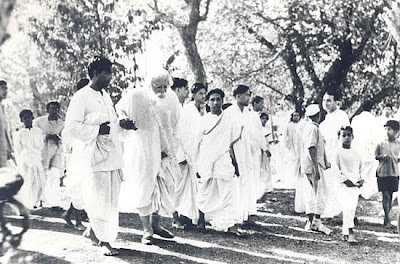The Labour Day in India India India
History of Labour Day in India
Labour
Day in India or May Day was
first celebrated in Chennai (then known as Madras Hindustan .
The leader of the party, Comrade Singaravelar arranged two meetings to
celebrate this occasion.
One
meeting was held at the Triplicane
Beach India India
Origin of the Labour Day
The
history of the Labour Day dates back to May 1, 1886. On this day, labour unions
in the United States of
America Chicago Haymarket Square
Although
the protests in the U.S.
didn’t lead to any immediate result, yet it helped establish the 8-hour work
day norm in India
Labour Day celebrations in India
The Labour Day is celebrated as the day for protests not only inIndia Bombay
State Gujarat
respectively. The Labour Day is a special occasion when people worldwide
celebrate the true spirit of the working class. It’s the day when workers get
together and showcase their strength which indicates how effectively they can
struggle to bring in positive reforms for the working class of the society.
The Labour Day is celebrated as the day for protests not only in


















































